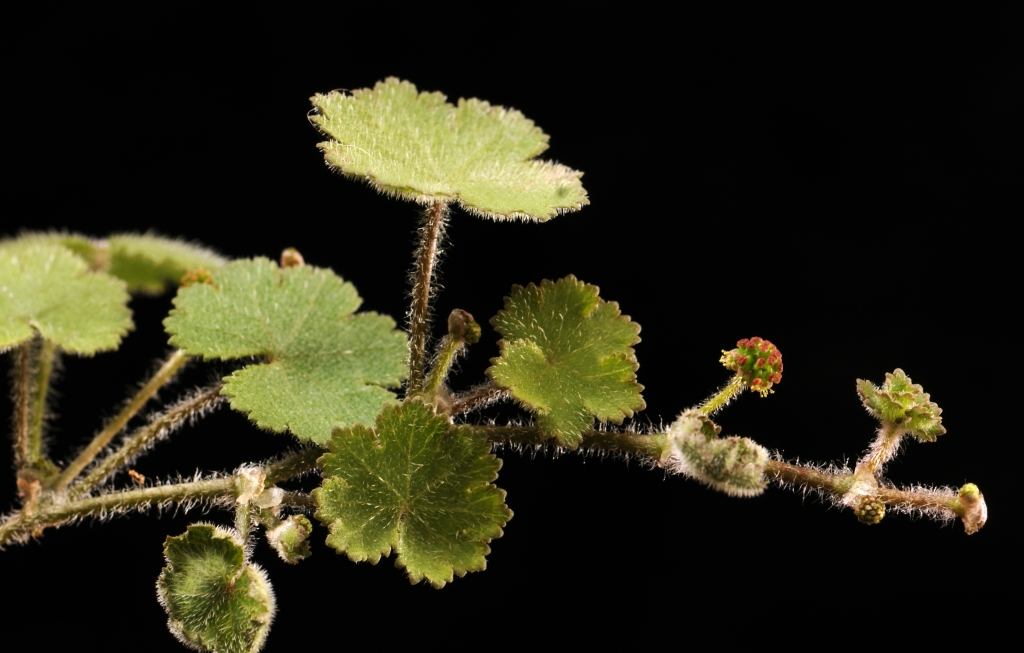Araliaceae
Hermaphroditic, andromonoecious, gynomonoecious or dioecious trees, shrubs, climbers, or scramblers (rarely herbs), mostly evergreen, glabrous or with branched (often stellate) or simple hairs. Leaves spirally arranged (rarely opposite or whorled), simple or pinnately or palmately compound, entire, toothed or variously lobed; stipules usually inconspicuous, sometimes lacking. Inflorescence commonly a loose compound panicle or umbel (rarely racemose), terminal (rarely axillary). Flowers regular, usually small, aggregated into umbels or solitary, bisexual or unisexual, pedicellate or sessile; pedicels articulated near the receptacle or continuous with it; calyx lobed or reduced to a rim (rarely absent), persistent; petals 4 or 5 (rarely 3 or many), free, (or rarely forming a cap or tube), usually deciduous, imbricate or valvate in bud; stamens 4-many, often as many as petals and alternating with them, both inserted around an epigynous disk, usually deciduous; ovary inferior or half-inferior (very rarely superior), surmounted by a secretory disk, commonly 2–5-locular, with one pendulous anatropous ovule per locule, styles as many as ovary locules, free or variously connate, persistent. Fruit laterally compressed, or spherical to globose, drupes or schizocarps; endosperm smooth or ruminate.
About 1150 species in 80 genera, world-wide but predominantly tropical (New and Old Worlds); 13 genera (3 introduced) with c. 160 species in Australia.
Recently revised to include Hydrocotyle and Trachymene, see note under Apiaceae.
Hart, J.M. & Henwood, M.J. (2006). A revision of Australian Trachymene. Australian Systematic Botany. 19(1): 11–57.
Plunkett, G.M. (2018). Araliaceae, in Kubitzki, K. (ed.), The Families and Genera of Vascular Plants 15: 413–446. (Springer: Germany).
Henwood, M.J.; Makinson, R.O.; Maling, K.L. (1999). Araliaceae. In: Walsh, N.G.; Entwisle, T.J., Flora of Victoria Vol. 4, Cornaceae to Asteraceae, pp. 243–256. Inkata Press, Melbourne.
 Spinning
Spinning


